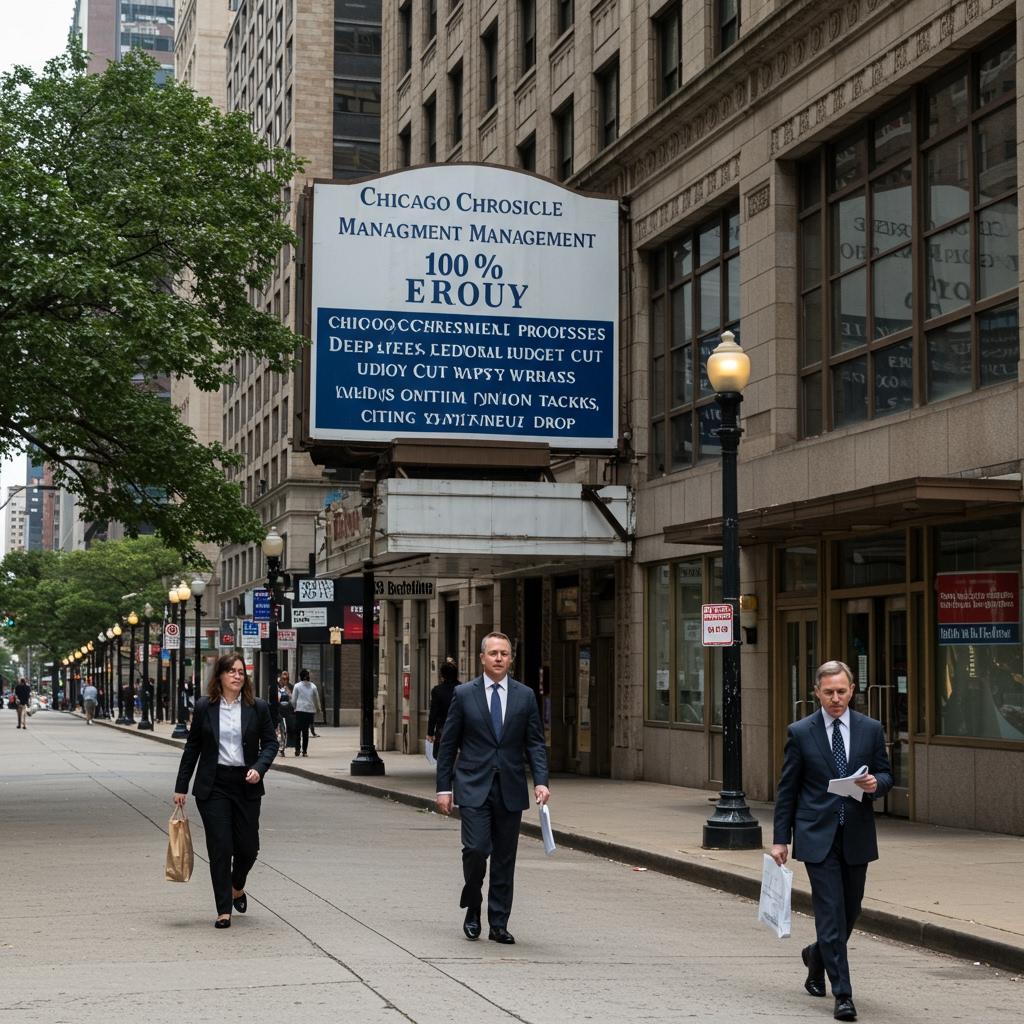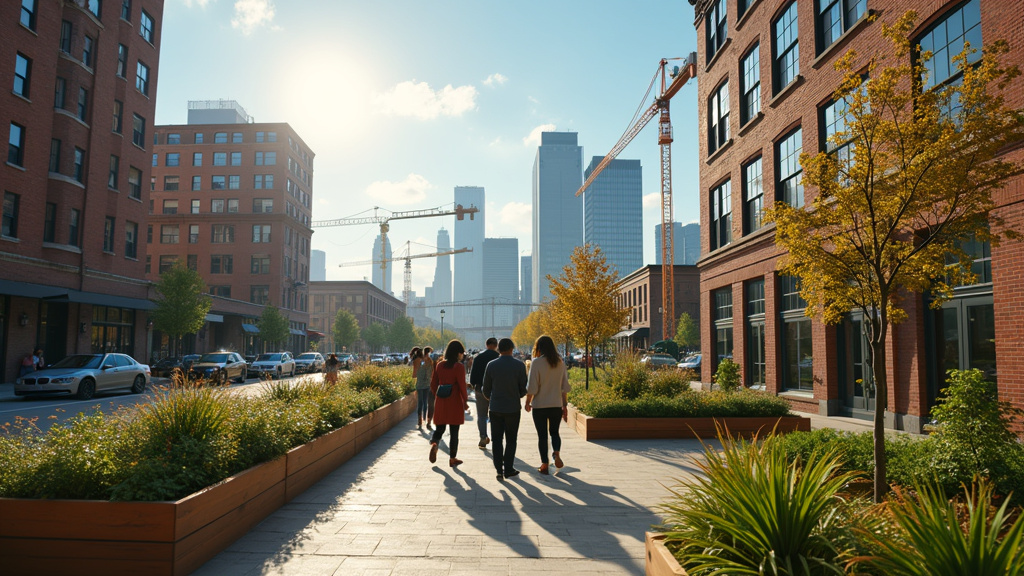Chicago stands at the cusp of potential revitalization on its South and West sides, thanks to two ambitious projects detailed in a recent editorial. These large-scale undertakings, while promising significant economic and social development, also face potential hurdles that could impede their success. The editorial highlights the high stakes involved, emphasizing the need for collaboration and strategic planning to ensure these initiatives reach their full potential.
Quantum Leap at South Works
One of the key projects outlined involves a transformative vision for the South Works site. This area, once home to a major steel mill, is slated for a complete overhaul, envisioned as a cutting-edge quantum computing campus. This redevelopment represents more than just a change in land use; it signifies a shift towards a future driven by innovation and technological advancement. The editorial emphasizes the potential for the South Works project to become a catalyst for job creation and economic growth in the surrounding communities. However, the editorial also cautions that factionalism and infighting could derail progress at this critical juncture.
The complexities of large-scale development projects often present significant challenges. Disagreements among stakeholders, bureaucratic delays, and unforeseen obstacles can all contribute to project setbacks. The editorial subtly underscores the importance of a unified vision and a collaborative approach to overcome these challenges. The success of the South Works project, and the resulting benefits for the South Side, hinges on the ability of various groups to work together toward a common goal.
Tackling Property Assessments: A Foundation for Fairness
The second project addressed in the editorial focuses on property assessments, a topic of considerable local concern. Accurate and equitable property valuations are crucial for a fair taxation system. The editorial acknowledges that property assessments are often a source of contention, with residents frequently questioning the fairness of the process. Addressing these concerns is essential for building trust in local government and ensuring that the tax burden is distributed equitably.
The editorial recognizes that the technicalities of property valuation and taxation can be intricate. Understanding the methodology used to determine property values, and the appeals process available to homeowners, is vital for informed civic participation. The project aims to modernize and streamline the assessment process, making it more transparent and accessible to all residents. This will help to ensure a more stable economic foundation, ultimately benefiting both individual homeowners and the wider community.
The Path Forward: Challenges and Opportunities
The editorial’s central message is one of cautious optimism. Both the quantum computing campus at South Works and the efforts to improve property assessments hold immense promise for the future of Chicago’s South and West sides. However, the editorial also serves as a stark reminder of the challenges that lie ahead. The potential for factionalism, delays, and other obstacles could hinder progress if not addressed proactively.
Ultimately, the success of these projects will depend on a number of factors, including strong leadership, community involvement, and a commitment to collaboration. By acknowledging the challenges and working together to overcome them, Chicago can ensure that these initiatives contribute to a more prosperous and equitable future for all its residents. The editorial’s focus highlights the need for a unified effort, emphasizing the importance of open communication and a shared vision for the future. The projects represent opportunities for growth, and the editorial serves as a call to action, urging stakeholders to work together to overcome any obstacles that may arise.














